Stay Ahead of the Curve
Latest AI news, expert analysis, bold opinions, and key trends — delivered to your inbox.
Google AI System Improves City Traffic Flows
6 min read Google's Project Green Light enhances city traffic by using AI to adjust signals in real-time, minimizing jams and emissions. October 16, 2023 06:25
Google has developed an AI-powered system called Project Green Light that is helping to improve traffic flow in cities around the world. The system uses real-time traffic data and AI algorithms to adjust traffic signal timings based on the actual flow of vehicles. This dynamic approach minimizes traffic jams and reduces idle time, thus cutting down on emissions.
Project Green Light is currently in use in over 12 cities, including Bangalore, Budapest, Jakarta, Manchester, Haifa, Hamburg, Rio de Janeiro, and Seattle. In these cities, the system has been shown to reduce travel times by an average of 10% and emissions by up to 15%.
Google is working to expand Project Green Light to even more cities in the future. The company believes that AI has the potential to revolutionize the way we manage traffic, making our roads safer and more efficient for everyone.
How does Project Green Light work?
Project Green Light uses a network of traffic sensors to collect real-time data on the flow of vehicles. This data is then fed into an AI algorithm that optimizes traffic signal timings. The algorithm takes into account a variety of factors, such as the number of vehicles in each direction, the time of day, and the weather conditions.
The AI algorithm then sends signals to the traffic lights, telling them when to turn red and when to turn green. This ensures that the traffic lights are always synchronized with the actual flow of vehicles, which minimizes traffic jams and delays.
Benefits of using AI to improve traffic flow
There are a number of benefits to using AI to improve traffic flow, including:
- Reduced travel times: AI can help to optimize traffic signal timings, which can lead to reduced travel times for drivers.
- Reduced emissions: AI can help to reduce emissions by reducing idle time and traffic jams.
- Improved safety: AI can help to improve safety by reducing accidents and near-misses.
- Increased efficiency: AI can help to make traffic more efficient by reducing congestion and delays.
Overall, AI has the potential to significantly improve traffic flow in cities around the world.
In addition to the benefits listed above, AI can also be used to improve traffic flow in other ways. For example, AI can be used to:
- Detect and respond to traffic incidents quickly and efficiently.
- Provide drivers with real-time traffic information to help them plan their routes.
- Develop new transportation systems that are more efficient and sustainable.
As AI continues to develop, we can expect to see even more innovative ways to use AI to improve traffic flow in the future.
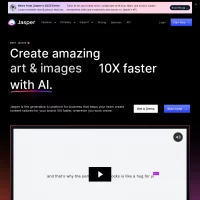
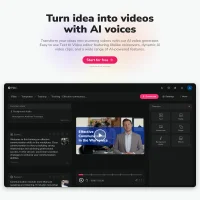

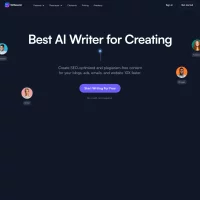





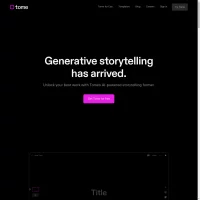









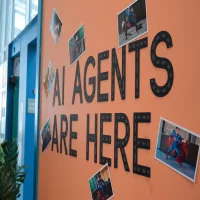 AI Agents
AI Agents